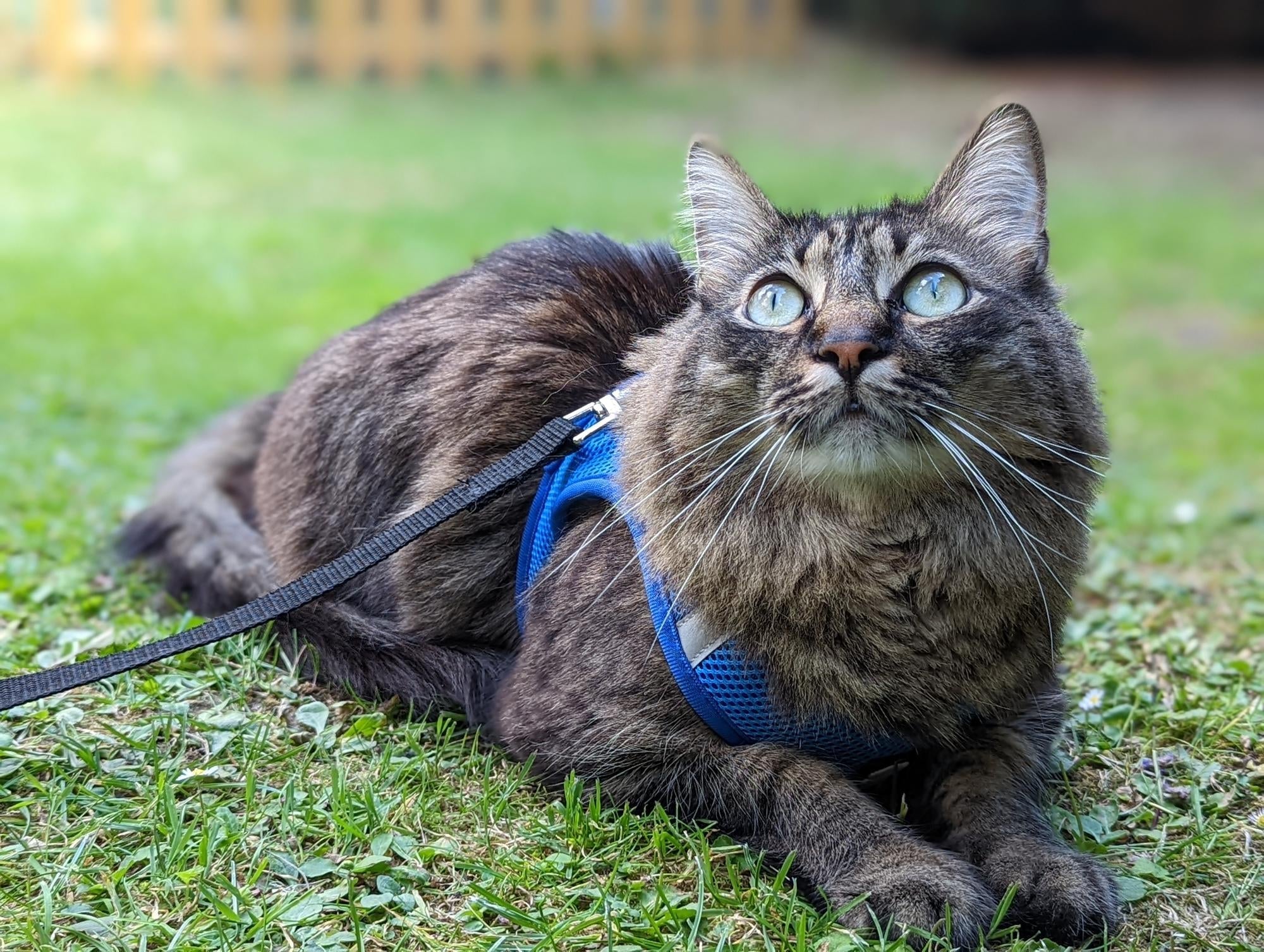Does your dog approach their food bowl less like they're dining and more like they're operating a high-speed vacuum cleaner? If dinner disappears in seconds flat, you're not alone. While a hearty appetite is often a good sign, eating too quickly can lead to several health issues for our beloved companions. At Pet Nesta, we care about your pet's well-being, so let's explore why rapid eating is risky and discuss effective, simple strategies to encourage a healthier pace at mealtime.
(The Dangers of Speed Eating) When dogs gulp down their food without much chewing, several problems can arise:
- Choking & Gagging: Large pieces of unchewed food can become lodged in the throat, causing distress and potential emergencies.
- Regurgitation & Vomiting: Eating too fast can overwhelm the digestive system, leading to food coming back up shortly after meals.
- Aerophagia (Swallowing Air): Rapid eaters often swallow excessive amounts of air along with their food. This can cause discomfort, gas, and potentially lead to a serious and life-threatening condition called Gastric Dilatation-Volvulus (GDV), or bloat, where the stomach fills with gas and can twist. Slowing down eating significantly reduces this risk.
- Reduced Satisfaction: Gulping food bypasses much of the sensory enjoyment and satisfaction derived from chewing and tasting.
(Effective Strategies to Slow Your Dog Down)
Fortunately, there are several easy and effective ways to turn mealtime from a sprint into a more mindful marathon:
-
1. Scatter Feeding: This simple method uses your dog's natural foraging instincts.
- How: Instead of using a bowl, scatter your dog's kibble across a clean, smooth floor (like tile or a patio). Initially, keep the kibble somewhat close together.
- Increase Difficulty: As your dog gets the hang of it, spread the kibble further apart over a larger area. You can eventually progress to scattering it on a short-pile rug, making them sniff and search more actively. For experts, a shag rug presents a fun challenge!
- Important Note: Avoid scattering food in the yard. This can attract pests (ants, rodents) and potentially lead to unwanted encounters with wildlife, plus it's hard for your dog to find every piece. Keep scatter feeding indoors or on a clean, contained patio space.
-
2. Slow Feeder Bowls: These bowls are specifically designed with built-in obstacles, ridges, or patterns.
- How: The patterns force your dog to navigate around the barriers to get to the food, preventing them from taking huge mouthfuls.
- Choosing Wisely: Select a bowl appropriate for your dog's size and snout shape to avoid frustration. Some dogs may get annoyed if the puzzle is too difficult initially. (Subtle sales point: Pet Nesta offers a variety of durable and thoughtfully designed slow feeder bowls to suit different breeds and temperaments).
- Introduction: Make the first few uses easy by not overfilling or packing food too tightly. Praise your dog for engaging with the bowl.
-
3. Puzzle Feeders & Interactive Toys: Turn mealtime into playtime!
- How: Toys like Kongs, treat balls, or puzzle feeders require your dog to roll, nudge, paw, or lick the toy to dispense food gradually.
- Benefits: This method significantly extends meal duration, provides excellent mental stimulation, combats boredom, and satisfies natural chewing and problem-solving urges.
- Getting Started: Initially, make it easy for your dog to succeed by loosely placing kibble inside. As they learn, you can increase the difficulty, perhaps using a bit of wet food or pet-safe peanut butter to hold kibble inside certain toys. (Subtle sales point: Check out the engaging range of puzzle feeders and interactive toys at Pet Nesta, suitable for kibble and wet food alike!).
Rotating between these different methods can keep mealtime exciting and continuously challenging for your fast eater. Consistency in using a slow-feeding method is key to establishing healthier habits.
Slowing down your dog's eating pace is more than just managing mess – it's a crucial step for their digestive health, safety, and overall well-being. By implementing scatter feeding, using a slow feeder bowl, or introducing interactive puzzle toys (perhaps finding the perfect one at Pet Nesta!), you can reduce health risks like choking and bloat while adding valuable mental enrichment to their day. A calmer mealtime leads to a happier, healthier pup!




